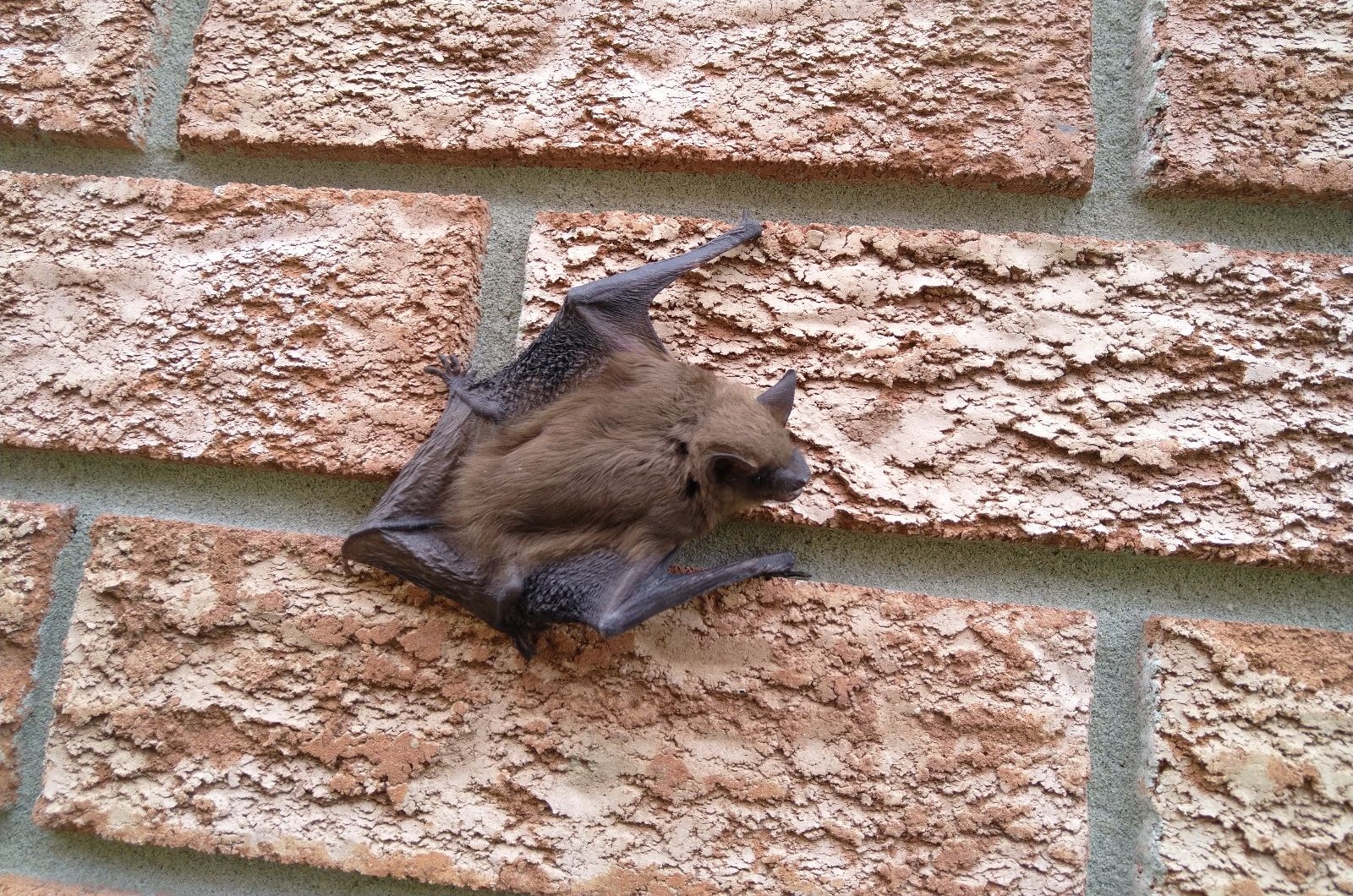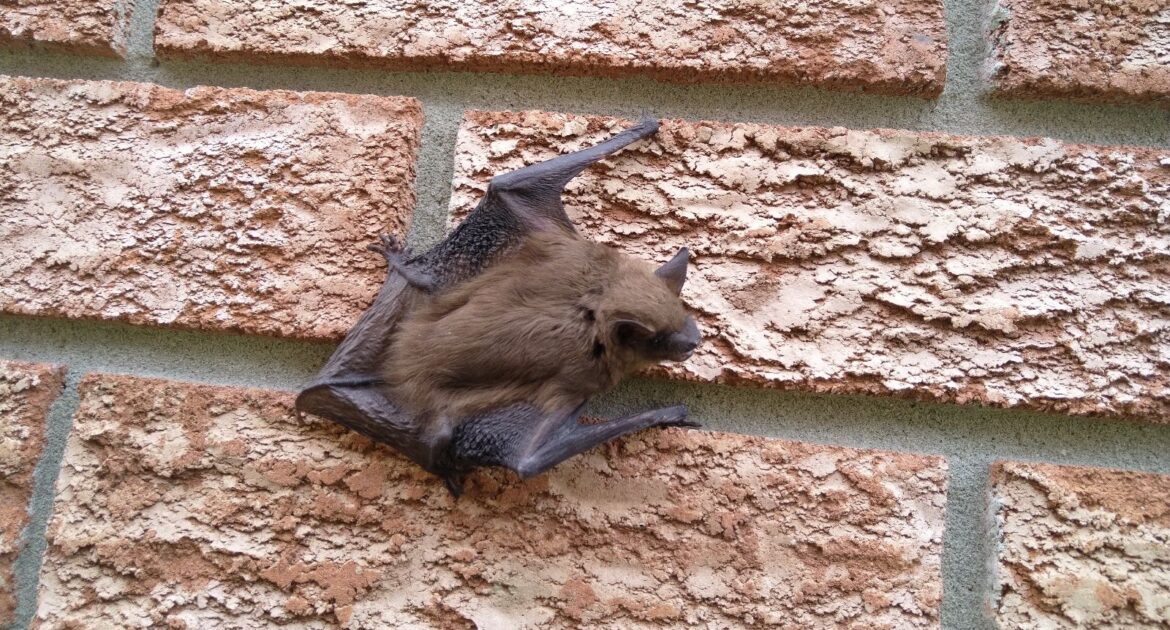Imagine the quiet of a Minneapolis evening interrupted only by the rustling of leaves and the flicker of firelight in your cozy living room. Now, picture the surprise of discovering bats nesting in your chimney, turning what was once a safe haven into a potential health hazard. Bats can easily inhabit chimneys, seeking warmth and shelter, but their presence can pose serious risks that homeowners often overlook.
Among the hidden dangers of having bats in your chimney are respiratory issues rooted in guano accumulation, structural damage from their nesting habits, and the potential spread of diseases such as rabies. Bats carry parasites that can infiltrate your living space, jeopardizing the well-being of your family. Therefore, recognizing how to tell if bats are in your chimney is crucial for protecting your home and loved ones.
This is where professional wildlife removal services come into play, and Skedaddle Humane Wildlife Control in Minneapolis stands out for their expertise. Their team is dedicated to safely and humanely managing bat populations, ensuring that these creatures are removed without harm. The rest of this post will delve into the specific dangers of bats nesting in chimneys, how to detect their presence and comprehensive strategies for removal and prevention.
Identifying Bat Presence in Your Chimney
Bats tend to be discreet, but there are telltale signs of their presence. If you hear scratching or squeaking noises at dusk or dawn, it’s likely these nocturnal animals are residing in your chimney. Additionally, droppings, known as guano, often accumulate around the base of the chimney. Guano resembles small, dark pellets, and a significant buildup can be a clear indicator of bat activity.
Bats are naturally drawn to dark, enclosed spaces that provide safety and warmth. Your chimney offers an ideal environment for them to roost and raise their young. Understanding this, it’s no surprise chimneys are a popular nesting site. However, having bats in such close proximity to your living space can lead to various issues that require immediate attention.
Having bats in your chimney can be more than just a nuisance; it can also pose serious health risks due to the accumulation of guano. One significant health concern linked to bat droppings is histoplasmosis, a respiratory disease caused by inhaling fungal spores found in guano.
Let’s talk about histoplasmosis and why it matters to us. Bats may be discreet visitors, but their guano can become a hidden threat. When guano accumulates, it creates the perfect breeding ground for the Histoplasma fungus. This fungus releases spores that, if inhaled, can infect our lungs and lead to symptoms ranging from mild, flu-like conditions to severe respiratory issues. We should be particularly cautious if someone in our household has a weakened immune system, as they are more susceptible to this disease.
Legal and Ethical Considerations
Did you know that bats are protected under various local and national wildlife conservation laws? These laws are designed to preserve bat populations, which play a critical role in our ecosystem by controlling insect populations and pollinating plants. Violating these legal protections can result in hefty fines and penalties, not to mention the ethical implications.
Understanding these legal and ethical considerations is crucial for anyone dealing with bats in their chimney. Instead of attempting to remove these animals on your own, which could unintentionally harm them and possibly violate the law, it’s important to engage professionals who specialize in humane removal practices. Skedaddle Humane Wildlife Control, for example, adheres to these laws and prioritizes the safety of both the bats and your family. They use safe, non-invasive methods to manage the situation effectively.
Safely Remove Bats from Your Chimney with Skedaddle
Wondering how to get rid of bats in your chimney? At Skedaddle Humane Wildlife Control, we prioritize the safe and humane removal of bats from your chimney using exclusion methods that ensure the animals are not harmed. By employing state-of-the-art practices, we provide a lasting solution that prevents bats from re-entering your home.
- One-Way Doors: Our primary exclusion method involves installing one-way doors on the entry points. These devices allow bats to exit your chimney but prevent them from re-entering. It’s a humane way to handle the situation without causing harm to the bats.
- Thorough Inspection: We start with a comprehensive inspection to locate all entry points. This step is crucial in formulating an effective removal plan.
- Entry Point Sealing: After the one-way doors have been installed and the bats have exited, we seal all potential entry points to prevent future intrusions.
- Cleaning and Sanitization: Finally, we conduct a thorough cleaning process to remove any guano and sanitize the area, mitigating health risks associated with bat droppings.
Our exclusion methods offer a responsible and humane approach to bat control, aligning with our commitment to wildlife preservation and public safety. Let Skedaddle handle the process for peace of mind that comes from knowing the job is done safely and effectively.
Preventative Measures and Aftercare
Safeguarding your home against potential intrusions is essential in maintaining an animal-free environment after professional bat removal. Here are some preventative measures we recommend to secure your chimneys and other entry points:
- Chimney Caps and Screens: Installing durable chimney caps and screens is an effective way to prevent bats and other wildlife from entering. These covers allow smoke to exit while keeping unwanted visitors out.
- Seal Entry Points: Conduct a thorough inspection of your home to identify and seal any small gaps, cracks, or openings. These animals can squeeze through tiny spaces, so ensure all potential entry points, including vents and windows, are securely closed with caulking or weather-stripping.
- Maintain Your Roofline: Regularly inspect and maintain your roofline to ensure there are no loose shingles or tiles that could provide an entryway for bats. Promptly address any damages to keep your home secure.
- Proper Attic Ventilation: Properly ventilated attics deter bats from settling in. Install sturdy vent covers and regularly check them for wear and tear.
Post-removal cleaning and restoration are crucial to mitigate health risks and address any damages caused by bats. Proper cleaning ensures that any accumulated guano is safely removed and the area is thoroughly sanitized. This minimizes health hazards and restores the affected areas to a safe state.
Why Choose Skedaddle Humane Wildlife Control?
Addressing bat infestations in chimneys promptly and professionally is crucial for several reasons. Firstly, bats can carry diseases and their guano poses serious health risks, such as respiratory issues from histoplasmosis. Secondly, DIY bat removal efforts can often be ineffective and can exacerbate the problem, leading to recurring infestations and potentially violating laws that protect bat species. By choosing professional services, you ensure that the problem is handled safely, legally, and effectively.
Opting for Skedaddle Humane Wildlife Control for your bat removal needs in Minneapolis means you are choosing a team that prioritizes both humane wildlife removal and your family’s safety. We employ state-of-the-art exclusion methods that safeguard bats while securing your home, offering a reliable and lasting solution. With our comprehensive approach, including thorough inspections, one-way door installations, entry point sealing, and meticulous cleaning and sanitization, you get peace of mind knowing the job is done right.
Discovering bats in your chimney can be alarming, but it’s essential to address the issue promptly to avoid health risks and structural damage. Knowing how to tell if bats are in your chimney, understanding the dangers of bats in your chimney, and learning how to get rid of them are crucial steps in maintaining a safe home environment. Trust us for expert, humane, and reliable bat removal services in Minneapolis. Don’t hesitate to contact us to request a quote or to learn more about our comprehensive wildlife control solutions. We’re here to help you every step of the way.




